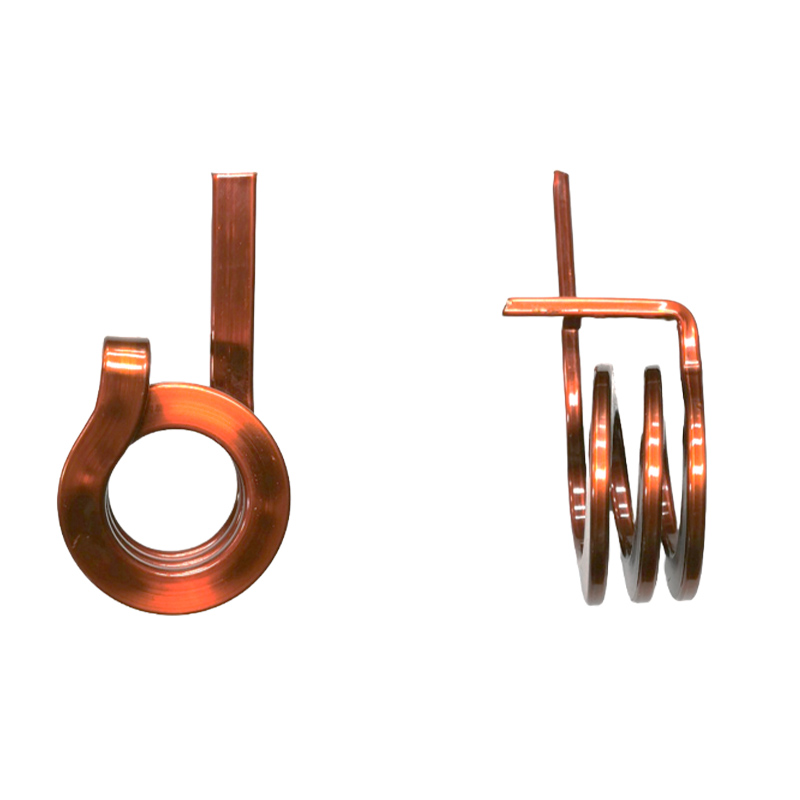
Flat Inductor Coils In The Photovoltaic Energy Storage Industry: Global Application Trends
Publish Time: 2025-09-23
As the world accelerates toward net-zero emissions, the photovoltaic (PV) energy storage sector is experiencing unprecedented growth in 2025. According to industry forecasts, the global solar energy storage market, valued at USD 93.4 billion in 2024, is projected to expand at a compound annual growth rate (CAGR) of 17.8%, reaching USD 378.5 billion by 2034. Similarly, the broader energy storage systems market is expected to hit USD 288.97 billion in 2025, driven by the integration of renewables into grids worldwide. Key drivers include the intermittency of solar power, which necessitates efficient storage solutions to stabilize grids, especially in regions with high renewable penetration like Europe, North America, and emerging markets in the Middle East and Asia-Pacific.

